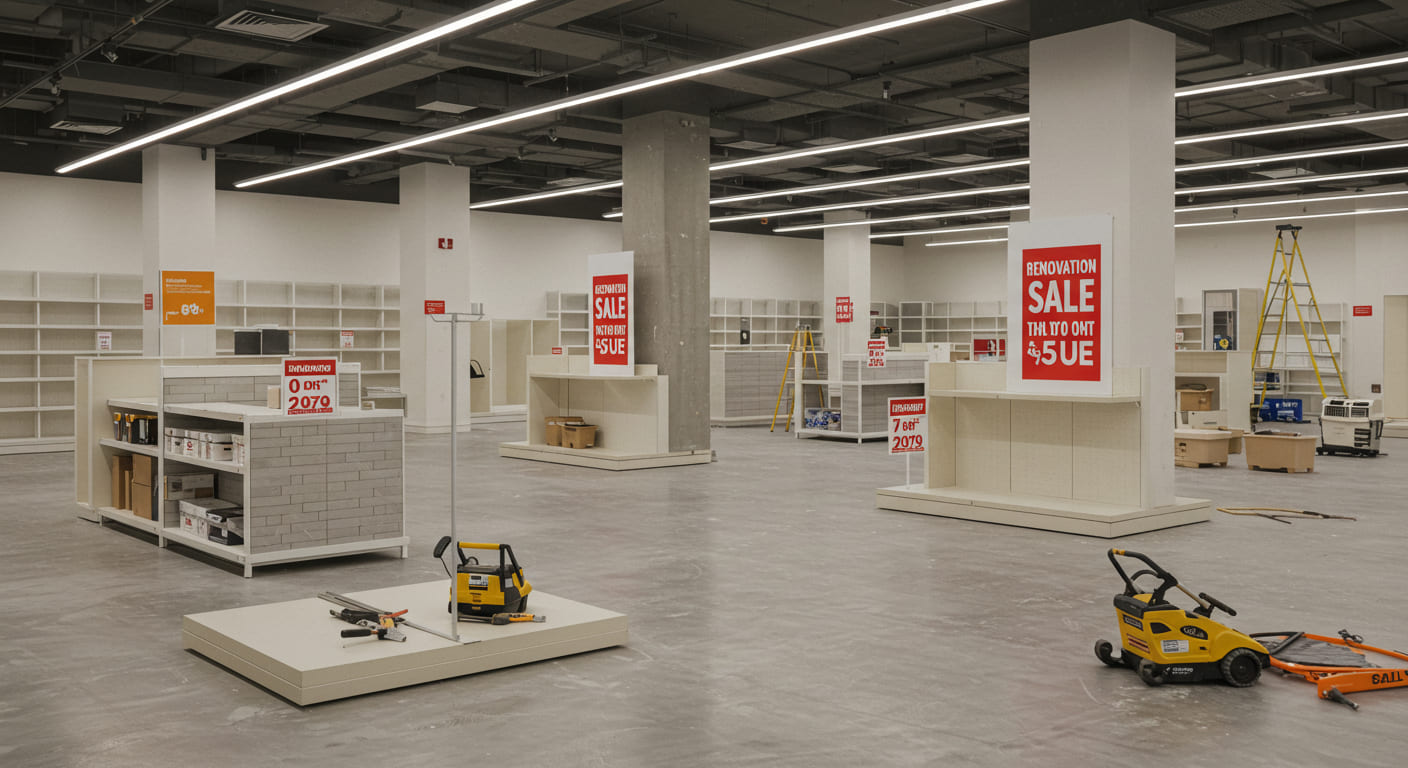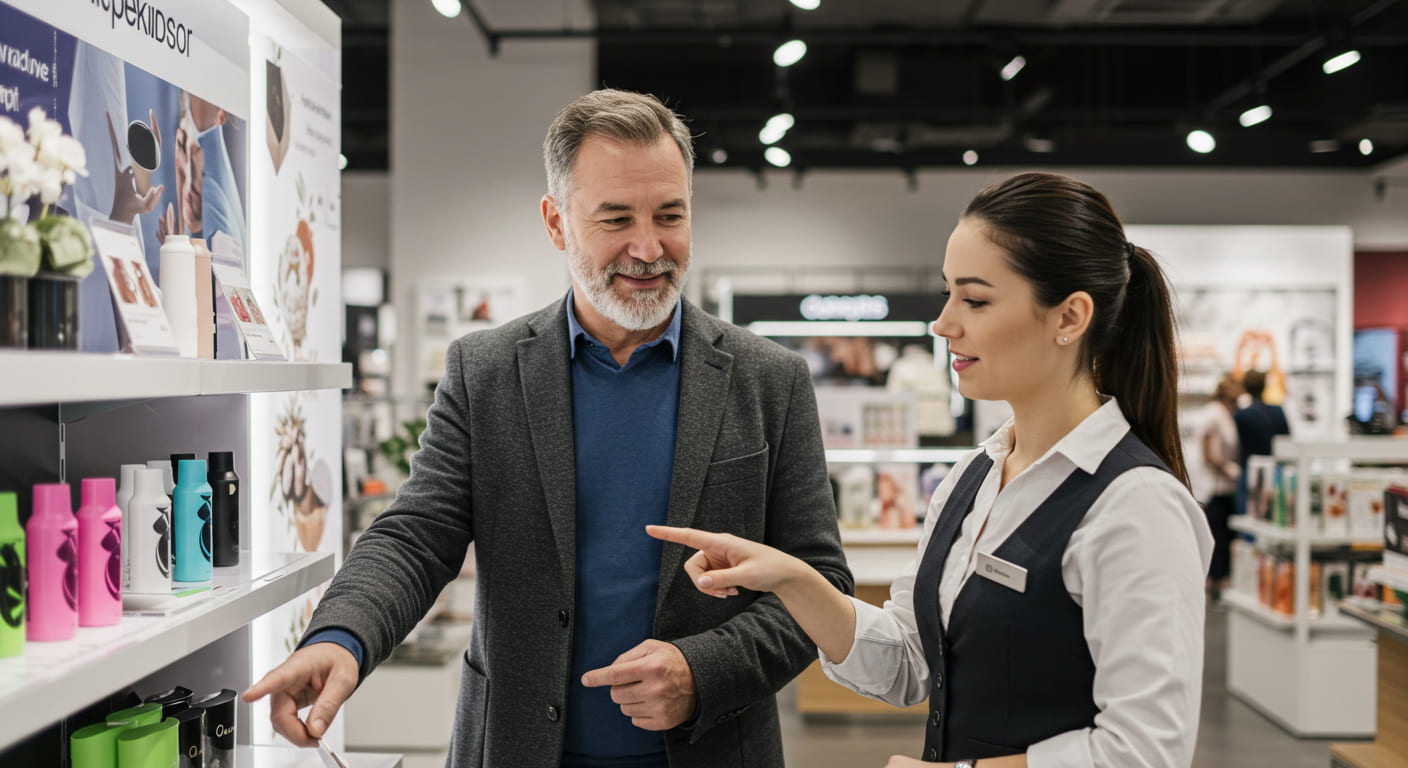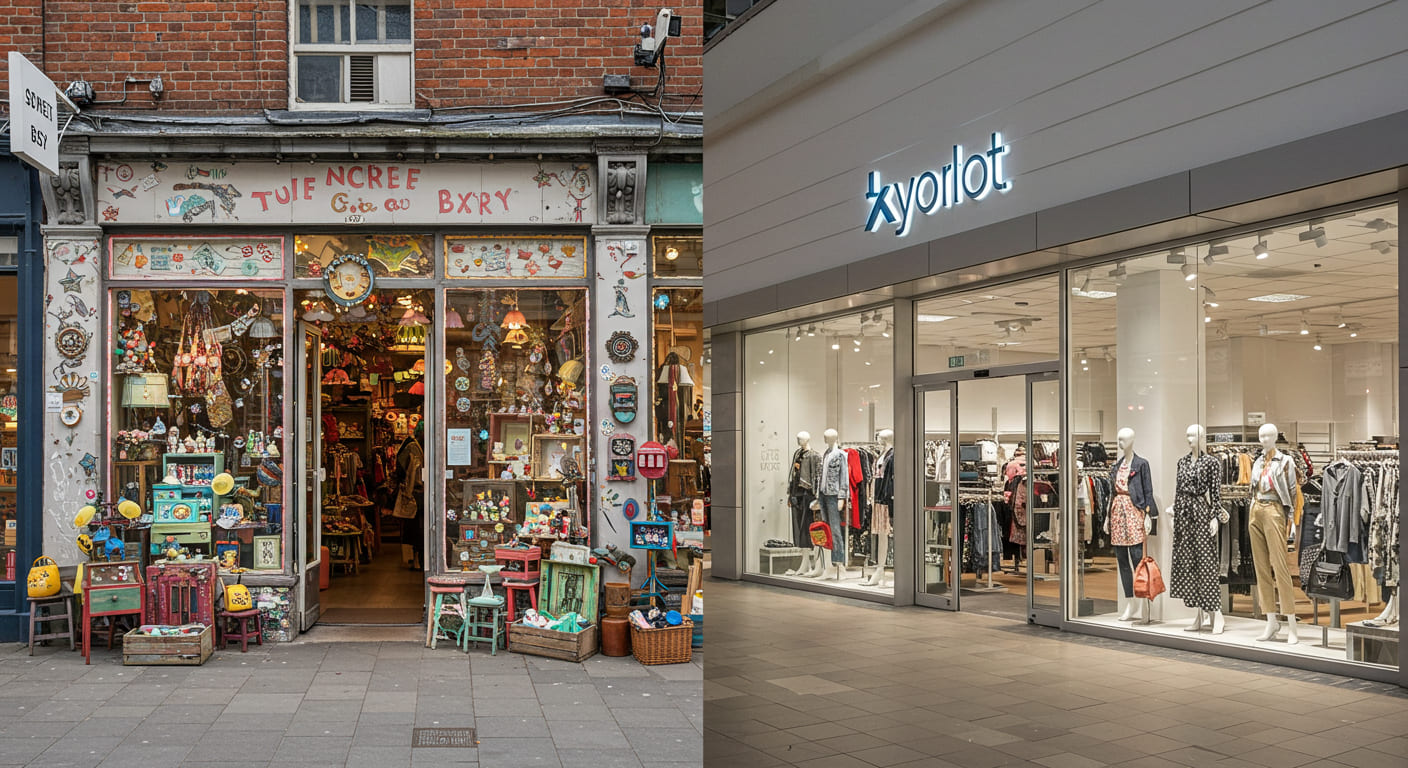
How Can You Get a Store to Sell Its Display Models?
Do you see stunning, custom-built display fixtures1 in stores and wish you could use them for your own business? You feel stuck with generic shelves while your competitors have unique displays that make their brand pop.
To get a store to sell its display fixtures, you need to approach the manager at the right time, like during a remodel or closure. Understanding the fixture’s value2 and making a fair, convenient offer is your key to success.

As someone whose factory designs and builds these exact fixtures, I know their entire journey. From a designer’s concept to the production line and finally to the shop floor. I also know what happens when a brand decides it’s time for a new look. That’s your opportunity. Let me give you an insider’s guide to acquiring these amazing pieces for your own business.
How do you negotiate the purchase of floor models?
Are you ready to make an offer but worried you’ll say the wrong thing? The fear of lowballing or getting instantly rejected can make you miss out on a great deal for your business.
Start by politely asking the store manager if a fixture is available. Research its condition and materials to estimate its value, then make a reasonable offer that acknowledges its used condition and saves them disposal costs.

Dive Deeper
When I see one of my factory’s fixtures on a store floor, I know exactly what went into it. Let’s say we built a display from powder-coated steel and MDF with integrated LED lighting for a client. The original cost was probably $2,000. After a year, it might have some scuffs or a flickering light. Your job is to assess this condition honestly. When you talk to the manager, compliment the design first. Then, respectfully point out the signs of wear. "I love this piece, but I can see it’s had a good life. Would you consider selling it as-is?" You need to make it easy for them. Offer to handle the pickup and transportation yourself. A fair offer might be 20-30% of its estimated original cost. The manager’s main goal is often just to clear space for the new fixtures we are about to ship them. If you make it simple and offer a fair price, you’re not just buying a fixture; you’re solving a problem for them. This makes it much easier for them to say "yes."
When is the right time to ask about display unit sales?
Have you ever asked about buying a display and gotten a quick "no"? You probably just asked at the wrong time, when the fixture was still a critical part of their current merchandising strategy.
The best times to buy display units are during a store renovation1, a seasonal changeover2 (like after the holidays), or when a store announces it is closing. This is when old fixtures become a liability, not an asset.

Dive Deeper
There is a specific lifecycle to retail design, and timing is everything. A designer like Mark will work with my team for months to perfect a new collection of fixtures. We know 6 to 8 months in advance that a big brand is planning a major store refresh because that’s when their orders hit my factory floor in China. That refresh on the store floor is your window of opportunity. The store manager knows a truck with brand new displays is scheduled to arrive. They need the old ones gone. The prime times are typically January and February, right after the holiday rush clears out, and again in late summer before the next big seasonal push. Store closing sales are also a goldmine, but you must act fast. Once professional liquidators are called in, it can get more complicated. My best advice for designers and small business owners is to build relationships. Talk to local store managers. Let them know you’re interested so they think of you first when the time comes to change things up.
How do you understand store policies on selling display inventory?
Did you hit a wall with a manager who just said "it’s against corporate policy"? This feels like a dead end, but understanding the reason behind the policy is the key to finding a way around it.
Major chains have strict policies against selling fixtures to protect their brand image and avoid liability. Your best bet is to target independent boutiques, local franchises, or smaller chains where the owner has the final say.

Dive Deeper
I work with huge global brands. They invest millions of dollars with my company to create a unique and consistent brand experience around the world. The last thing they want is for their signature fixture, which we may have spent months prototyping, to end up in a flea market. It dilutes their brand equity. There are also legal liability issues. What if they sell you a fixture and a shelf later collapses? That’s why large, corporate-owned stores will almost always say no. Their hands are tied by policies made far up the chain. So, my advice is to change your target. Go after the independent business owners. The owner of a local franchise or a single boutique has total control. They are practical business people. If you offer them a few hundred dollars for a display they were planning to throw away, they are far more likely to make a deal. They appreciate the hustle. When we design for these smaller businesses, the focus is often on flexibility and value, and the owner sees that value in passing it on to another entrepreneur.
| Store Type | Likelihood of Selling Fixtures | Why? |
|---|---|---|
| Large Corporate Chain | Very Low | Strict brand control, liability issues, contracts with liquidators. |
| Franchise Location | Medium | The franchisee owner may have some discretion. |
| Independent Boutique | High | The owner has full control and is often practical about recouping costs. |
Conclusion
Getting great display models is possible. It requires smart timing, respectful negotiation, and focusing on independent stores. Use this insider’s view to find unique fixtures that will make your business stand out.